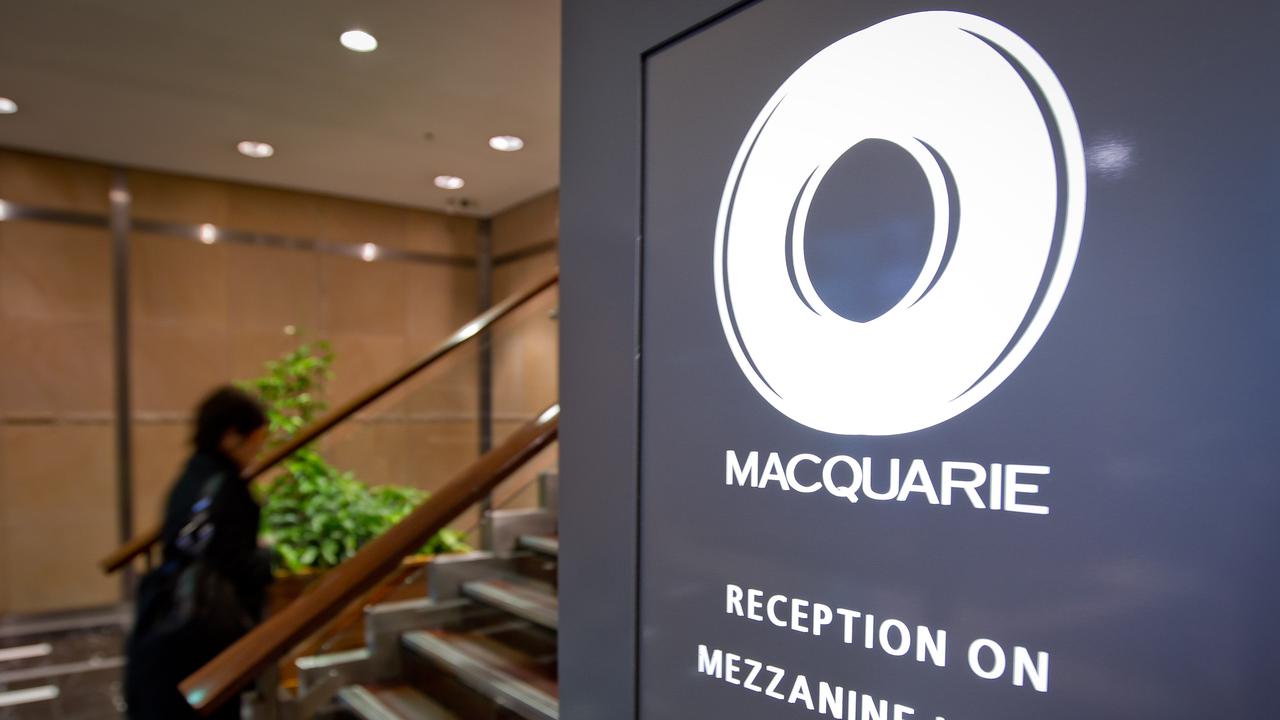Labor’s franking credits plan will hit all investors
Labor’s franking credits policy is the first step in giving some pensioners a sharp clip under the ear, but investors will suffer too.

The repercussions of the ALP’s proposed retirement and pensioner tax levied via banning cash franking credits are much bigger than was first thought.
Research by the ANU shows there may be significant downward effects on parts of the sharemarket and the need for much larger sums to be added to retirement savings to maintain living standards.
It is also likely that that the demands on government pension expenditure will increase beyond current treasury estimates.
To date I have concentrated on the fact that for the first time in our history we are levying a tax on the basis of who manages your money not the level of your assets and income.
It’s now time the look at the wider implications of this dramatic reversal of retirement policy to the society.
When the retirement tax was first announced, the ALP claimed it was an attack on the rich. I knew that was simply wrong—very few rich people would be affected and those that were are able to easily modify their portfolios. I therefore assumed that the tax would not raise its targeted amounts. But that was also wrong. Thanks to research by the Self-Managed Superannuation Fund Association we discovered that there are at least one million people (and the actual figure is close to 1.4 million) battling to fund their own retirement who will be hit hardest.
The ALP’s hit list includes aged government pensioners and thus the the retirement and pensioner tax moniker.
There are so many battlers being savaged that I have no doubt the ALP will raise its targeted amounts.
The ANU research shows that the targeted Australian retirees have invested a much greater proportion of their funds in stocks with high franked dividends than is the case with other countries. Although this might not be financially prudent it is logical and has boosted returns.
If there are no cash franking credits, it’s almost certain this massive group of people will switch to other investments. And the consequent selling will affect shares in banks, Telstra and similar stocks. Remember the banks and Telstra comprise six of the top 10 companies on the ASX list. Nowhere else in the world is there such concentration. Chris Bowen can argue that he is returning Australia to world investment practices. But the cost is massive
So those who are battling to fund retirement face twin blows: lower income and lower capital values.
A recent survey of shareholders in Australia’s largest investment company, Australian Foundation, showed 85 per cent would be hit by the ALP action. Australian Foundation has 130,000 investors.
Similar investment companies like Argo will also be affected. It is likely that these shares will suffer two blows, with lower share prices reflecting the top 10 stocks and a discount to asset backing. If this happens these stocks will not be able to easily raise capital and therefore will not be able to support major capital raisings.
Of course the fact that members of industry and large retail superannuation funds have been declared exempt from the retirement and pensioner tax will nullify the overall effect.
Let’s look at the way individuals and people with SMSF pension accounts are likely to re-adjust their portfolios. The ANU study shows that for a portfolio targeting the Association of Superannuation Funds of Australia retirement income standard of around $47, 764 in retirement might have a balance of, say, $500,000 at aged 65.
Transposing overseas investment ratios, that person might drop their optimal portfolio allocation to Australian equites from about 46 per cent to 26 per cent. The targeted self-managed funds hold about half of Australia’s superannuation money in retirement mode, so we looking at a massive switch. Unfortunately, the ANU sums do not attempt to quantify the effect on the market of such a reallocation of equity investment
If Australian equities fall as a result of this increased selling – which the ANU modelling suggests will be the optimal response - then a logical conclusion is that retirement balances will be significantly lower, and individuals will be increasingly attracted to accessing the age pension.
As pointed out by Michael Roddan this week Treasury research is showing that the Australian superannuation movement is doing the job Paul Keating envisaged: reducing demands on the government pension. If the ALP introduces its retirement and pension tax that trend will be reversed and while the ALP may hit its revenue targets, that extra money will need to be offset by a higher government pension bill.
And the ALP policy, as announced, is the first step in giving selected government pensioners a sharp clip under the ear.
Pensioners in self-managed funds will not receive cash franking credits unless they registered for pensions by March 28, 2018— it’s now a year too late. Unless Labor changes the original policy (and I suspect it will) ALP statements that pensioners will not be affected are simply wrong.
This is an issue that requires proper debate.




To join the conversation, please log in. Don't have an account? Register
Join the conversation, you are commenting as Logout